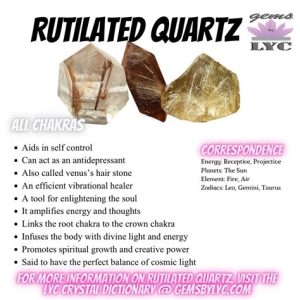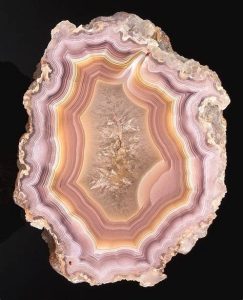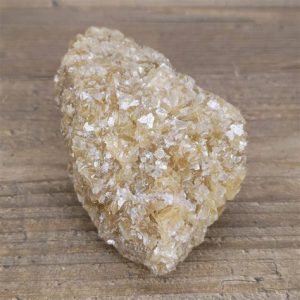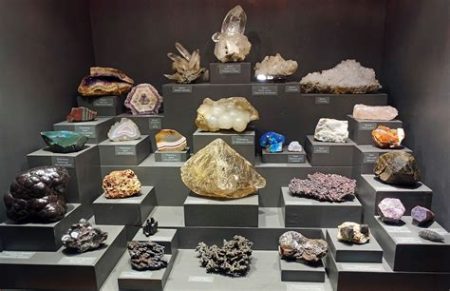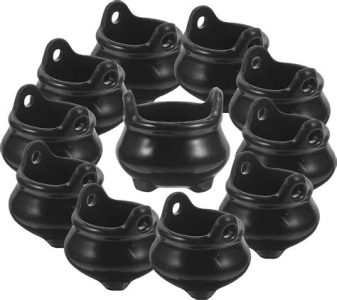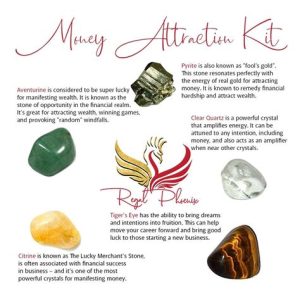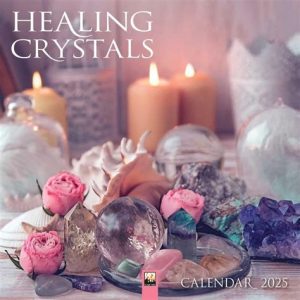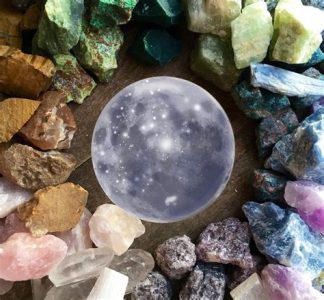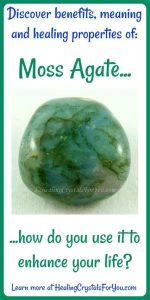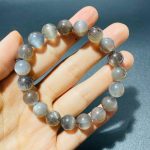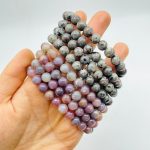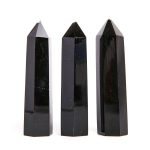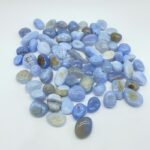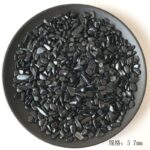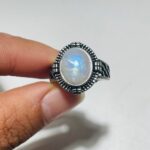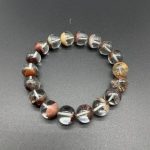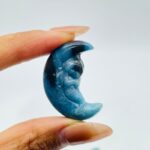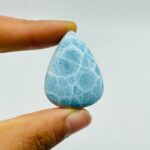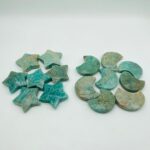Ultraviolet (UV) reactive rocks are captivating gemstones that possess the unique ability to glow under ultraviolet light. These enchanting rocks exhibit an array of mesmerizing colors, ranging from vibrant blues and greens to captivating pinks and yellows, making them a popular choice among collectors, jewelers, and enthusiasts alike.

Types of UV Reactive Rocks
Nature’s artistry extends to various rock types that respond to UV illumination. Some of the most notable include:
- Fluorite: This mineral glows in a multitude of colors, including blue, green, purple, and pink, due to the presence of trace elements like europium and samarium.
- Calcite: Calcite exhibits a vibrant yellow or orange hue under UV light, caused by the presence of manganese impurities.
- Aragonite: This mineral’s UV glow ranges from pale green to intense blue, attributed to the incorporation of lead and copper.
- Scheelite: Known for its brilliant yellow glow under UV, scheelite contains tungsten and calcium.
- Opal: Some opals, particularly fire opals, display an exceptional play of colors under UV illumination, ranging from vibrant reds and oranges to captivating greens and blues.
Applications of UV Reactive Rocks
The allure of UV reactive rocks extends far beyond their aesthetic appeal. Their unique properties have sparked innovative applications in various fields:
- Gemology: Jewelers use UV light to identify and authenticate gemstones, as certain minerals exhibit distinctive fluorescence patterns.
- Mineralogy: Geologists utilize UV illumination to study rock formations and identify specific minerals for research and exploration purposes.
- Decorative Art: Artists and designers incorporate UV reactive rocks into sculptures, paintings, and other artistic creations, harnessing their luminescent qualities to enhance the visual impact of their works.
- “Glow-in-the-dark” Materials: Industries utilize the UV responsiveness of these rocks to create “glow-in-the-dark” paints, coatings, and fabrics, adding a playful and eye-catching element to products.
- Health and Wellness: Some practitioners use UV reactive rocks in crystal healing and other alternative therapies, believing in their ability to promote energy flow and well-being.
UV Luminescence of Rocks
The luminescence of rocks under UV light is a fascinating phenomenon resulting from the absorption of energy by certain minerals. When these minerals are exposed to ultraviolet radiation, they become excited and release their stored energy as visible light. The wavelength of the emitted light determines the color observed.
According to the United States Geological Survey (USGS), approximately 15% of all known minerals exhibit UV fluorescence, with some minerals displaying multiple colors under different wavelengths of UV light.
Factors Influencing UV Reactivity
Several factors influence the UV reactivity of rocks, including:
- Mineral Composition: The presence of specific minerals, such as fluorite or calcite, is essential for UV fluorescence.
- Impurities: Trace elements within minerals, like europium or manganese, contribute to the characteristic colors emitted under UV light.
- Crystal Structure: The arrangement of atoms within the mineral lattice affects its ability to absorb and release energy as light.
- Grain Size: Smaller crystals tend to produce more intense fluorescence compared to larger crystals.
- Exposure to UV Light: Prolonged exposure to sunlight or artificial UV sources can diminish the fluorescence of rocks over time.
Table 1: Common UV Reactive Minerals
| Mineral | UV Color |
|—|—|—|
| Fluorite | Blue, green, purple, pink |
| Calcite | Yellow, orange |
| Aragonite | Pale green, intense blue |
| Scheelite | Brilliant yellow |
| Opal | Vibrant red, orange, green, blue |
Table 2: UV Fluorescence of Rocks
| Rock Type | Minerals Present | UV Color |
|---|---|---|
| Blue John Fluorite | Fluorite | Blue, purple |
| Tiger’s Eye | Crocidolite, Quartz | Yellow, orange |
| Mexican Onyx | Calcite | Yellow, orange |
| Rhodochrosite | Rhodochrosite | Pink, red |
| Fire Opal | Opal | Red, orange, green, blue |
Table 3: UV Reactive Rocks in Jewelry Making
| Jewelry Type | Stone | UV Color |
|---|---|---|
| Pendant | Fluorite | Blue, green, purple |
| Earrings | Calcite | Yellow, orange |
| Ring | Scheelite | Brilliant yellow |
| Bracelet | Opal | Vibrant red, orange, green, blue |
| Necklace | Blue John Fluorite | Blue, purple |
Table 4: UV Reactive Rocks in Home Decor
| Decor Item | Stone | UV Color |
|---|---|---|
| Sculpture | Tiger’s Eye | Yellow, orange |
| Painting | Mexican Onyx | Yellow, orange |
| Wall Art | Rhodochrosite | Pink, red |
| Vase | Fire Opal | Red, orange, green, blue |
| Tabletop | Blue John Fluorite | Blue, purple |
Strategies for Collecting UV Reactive Rocks
- Field Collecting: Explore areas known for mineral deposits and search for rocks that fluoresce under UV light.
- Online Purchase: Purchase UV reactive rocks from reputable online retailers specializing in gemstones and minerals.
- Attend Gem Shows: Visit gem shows and mineral expos to view and acquire a wide range of UV reactive rocks.
- Visit Museums: Some museums have dedicated exhibits showcasing UV reactive rocks and fluorescent minerals.
Common Mistakes to Avoid
- Overexposure to UV Light: Limit prolonged exposure of rocks to UV light, as it can fade or diminish their fluorescence.
- Using the Wrong UV Light: Not all UV lights are created equal. Use a UV light with the appropriate wavelength for the specific minerals you wish to view.
- Storing Rocks in Direct Sunlight: Avoid storing UV reactive rocks in areas exposed to direct sunlight, as it can damage their fluorescent properties.
- Cleaning Rocks with Harsh Chemicals: Use mild detergents or water to clean UV reactive rocks, avoiding abrasive cleaners or chemicals that could harm their surface.
- Expecting Every Rock to Fluoresce: Not all rocks respond to UV light. Be patient and persistent in your search for UV reactive specimens.
Emerging Applications and Ideas
As the study of UV reactive rocks continues, researchers and innovators explore novel applications and ideas, including:
- UV-Activated Functional Materials: Scientists are investigating the potential of UV reactive rocks in creating self-cleaning materials, drug delivery systems, and sensors.
- Geochromology: Using UV fluorescence to determine the age and formation history of rocks, opening new avenues for geological research.
- Crystallochromy: The manipulation of UV fluorescence in crystals for artistic expression or practical applications.
- “Smart” Building Materials: Incorporating UV reactive rocks into building materials to create interactive and dynamic lighting effects.
- UV-Based Art Installations: Artists are using UV reactive rocks to create captivating and immersive art installations that respond to UV illumination.

